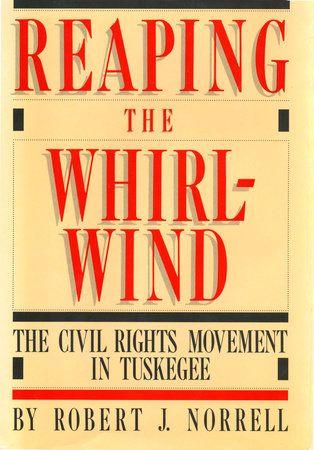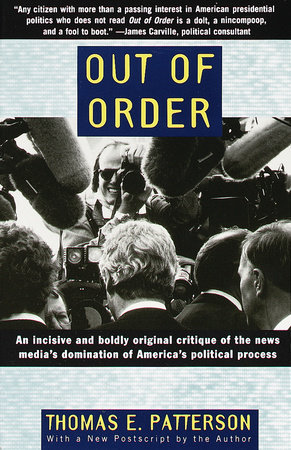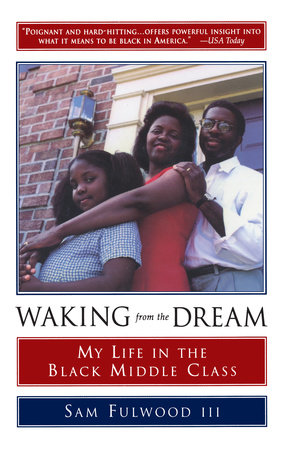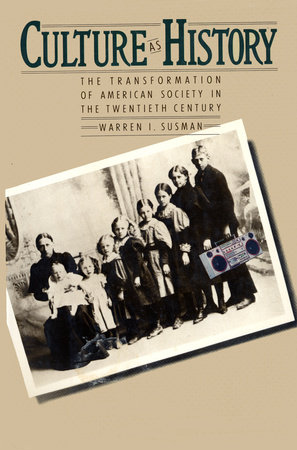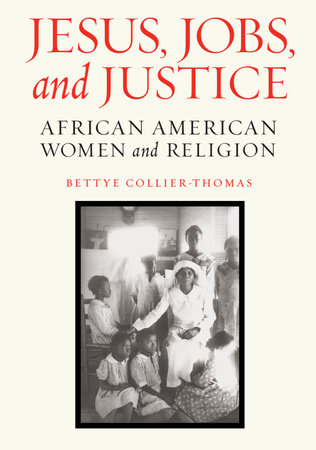Author Q&A
A Conversation with Laura Fairchild Brodie, author of Breaking Out: VMI and the Coming of Women
Q: How did you come to write BREAKING OUT?
A: My husband had been the band director at VMI for almost ten years before I started this project, so I was very familiar with VMI, and well-acquainted with a lot of cadets, faculty, and administrators. The court case over VMI’s admissions policy had begun just one year after our arrival at VMI, and I had watched it evolve while I was working on a PhD in English literature at the University of Virginia. After I finished my dissertation I knew that I wanted another intellectual challenge — something that would exercise my writing skills — and the best story in town was VMI. Well before the court case was decided I informed Colonel Mike Bissell, (who eventually headed VMI’s assimilation of women), that whichever way the case went, I wanted to do some sort of research project. Bissell was very supportive. He told me to await the outcome of the case, and then speak to General Bunting, VMI’s Superintendent. When I appoached General Bunting in August of 1996, he was so enthusiastic about the notion of someone chronicling VMI’s transition to coeducation, that he invited me to join his Executive Committee for Coeducation. Since that time, everyone at VMI has been very supportive of my work.
Q: Can you give us a brief history of the Supreme Court case that effectively forced VMI to go co-ed?
A: In March of 1989 an anonymous female high school student filed a complaint with the U. S. Justice Department, stating that she had been turned away when requesting admissions materials from VMI. That complaint initiated a seven-year legal battle. VMI won the first round when Judge Jackson Kiser, in Roanoke, Virginia, accepted the Institute’s arguments for why it’s all-male status did not violate the constitution. Judge Kiser’s ruling was later overturned by an Appeals Court in Richmond, but that court gave VMI the option of finding a creative way to accommodate young women who wanted a publicly funded military education. And so VMI established the Virginia Women’s Institute for Leadership at Mary Baldwin College, which is a small women’s college about 30 miles from VMI. VWIL continues to exist today, and the women who attend its program take ROTC classes at VMI. Still, in June of 1996 the Supreme Court ruled that VWIL was not an adequate remedy for VMI’s constitutional problems. That ruling led to the admission of women at VMI and The Citadel.
Q: What was VMI’s initial reaction to the Supreme Court decision?
A: The reactions varied widely from person to person. A lot of people associated with VMI had been expecting this for a long time, and although they worried that VMI, in going coed, might lose the key feature that made it unique, they also felt that change was inevitable. There were other alumni, however, who were adamantly opposed to the admission of women, and who, in the summer of 1996, supported a campaign to make the school private. Breaking Out contains a chapter that describes the privatization campaign.
Q: How did VMI manage to carry out the transformation to coeducation so smoothly? What were the key elements of their strategy?
A: VMI’s transformation into a coed military college is still underway, and the process hasn’t been entirely smooth. Some people perceive that VMI’s assimilation of women has been unusually successful, because they compare VMI’s experiences with the problems that The Citadel faced after that college admitted women. It would be more accurate to compare VMI’s current circumstances to the federal academies’ assimilation of women in the mid 1970s, or to the experiences of Norwich University or Texas A&M. Those schools found that the most difficult problems associated with coeducation did not come in the early years, when they were on their guard, but in later years, as they became more complacent. VMI will need to continually guard against complacency. The big thing VMI has in its favor is the amount of planning that went into the Institute’s assimilation of women. A enormous amount of time, money and manpower was devoted to the process. More than half of Breaking Out focuses on VMI’s planning for coeducation, because that aspect of the story is really unique.
Q: What were the greatest obstacles for VMI in the shift to coeducation?
A: The greatest challenges VMI faced, and is still facing today, center on trying to change people’s attitudes. VMI is a college that loves its traditions, and "change" is a concept that makes a lot of people at VMI very uncomfortable. There were several tangible changes that VMI had to implement in order to prepare for female cadets — building more restrooms and locker rooms for women, more private examination rooms at the hospital, better security lighting on Post. But these changes were easy when compared to the problem of changing attitudes among those cadets and alumni who are most adamantly opposed to coeducation at VMI. Some of these men will never look upon women at VMI with anything other than gloom, and occasional hostility. But most of the male cadets are more open, more willing to give the women a chance, so long as the women are willing to work hard.
Q: Your behind the scenes portrait of VMI reveals the real life of rats and cadets — the students, even the first year students, seem so serious and focused. Where does this maturity come from?
A: VMI’s cadets are very serious about certain things, such as the Institute’s Honor Code. But I doubt that many VMI professors or administrators would choose the word "mature" to describe their students. VMI’s cadets can be just as sophomoric as their peers at other colleges, especially when it comes to fraternity-style stunts. And like most students nationwide, many of them are not arriving at college with mature study habits or a mature approach toward developing their minds.
Still, the one thing that several cadets have pointed out to me is that in coming to VMI they have deliberately chosen a life of discipline, in contrast with many of their high school friends, whom they perceive as having gone to college to pursue a life of partying.
Q: What draws women to VMI?
A: Most women seem to come to VMI for the same reasons as the men. Some of them grew up in military families and want a military career. Maybe they didn’t get into the federal academies, or maybe they prefer a smaller military school. Some of the women are Virginians who were drawn by VMI’s reputation or tradition, and by its closely-knit community. Most of them are looking for a challenge, something out of the ordinary. Of course, some skeptics have voiced the opinion that women who apply to a school like VMI must be interested because they want to meet men. And I’m sure that there are a few women who are attracted to VMI because of its 11 to 1 male-female ratio. But if husband-hunting was any woman’s chief reason for coming to VMI, she wouldn’t last long in the ratline. I think the women who are succeeding at VMI have come for good reasons.
Q: Can you describe the ratline?
A: Because I have not lived through it, my knowledge of the ratline is superficial, limited to the stories that the cadets have told me, and the scenes I have witnessed. I can, however, say that the ratline is an extremely intense six-to-seven month immersion into an alien culture. It involves a lot of sacrifices — rats have to give up their clothes, their hair, their cars, their TVs, their telephones, their privacy, their freedom. They are subjected to a heavy dose of harassment from upperclassmen who can drop them for pushups, quiz them on VMI trivia, yell in their faces. And they face a myriad of mental and physical challenges, from memorizing the information in their Rat Bibles, to marching for fifteen miles in combat boots. Part of the goal is to get 400 diverse young people to bond together in one "mass," because no one can complete the ratline without the help of their "Brother Rats." Each year about twenty-percent of the rats leave VMI. The cadets I’ve met who have done the best are those who arrive at VMI in good physical shape and, most importantly, with a healthy sense of humor.
Q: How many female students are there now at VMI? How many female students is the college hoping to draw each year?
A: There are currently 59 female cadets at VMI. Three incoming classes have included women. When VMI was planning for coeducation, its administrators sometimes talked about reaching a day when 10 percent of the Corps of Cadets would be female. That would mean retaining approximately 120 women, a tough goal for a school like VMI. Although VMI has been averaging approximately thirty new female matriculants each year, attrition eats away at their numbers, just as it does with the men.
Q: When the first women arrived, the media swarmed VMI. How did this affect the lives of the students?
A: The cadets tended to view the reporters as a nuisance — one more camera taking pictures of them as they did their pushups. Some of the male cadets were resentful of the extra attention that the women were getting, while most of the women tried to be as unobtrusive as possible. One of the reasons that the cadets were so open with me was because I was not a reporter. Still, the presence of the media was not a bad thing for VMI. It’s not often that a small school like VMI gets that sort of national attention, and the reporters were, for the most part, very fair and even complimentary of VMI’s efforts.
Q: What could other schools learn from VMI’s experience of co-education?
A: I think VMI is still the student, not the teacher. VMI still has a lot to learn from the other military colleges around the nation that admitted women many years ago. But at the same time, there are several lessons to be gleaned from effort that VMI expended to prepare for women, and other military colleges around the country will have to see how VMI’s women respond to the Institute’s adversative style of training, in order to gauge what sort of military training is most effective for men and women.
Q: What would you hope readers would learn from your portrait of VMI?
A: I would hope that readers outside VMI would find a compelling human interest story here, and perhaps discover that there is more to a school like VMI than just a bunch of military stereotypes. Among VMI’s community, I would hope that this book would provide a useful historical record of all the work that went into the assimilation of women, so that everyone at VMI, and especially each new class of cadets, might continue to try and make it work.





